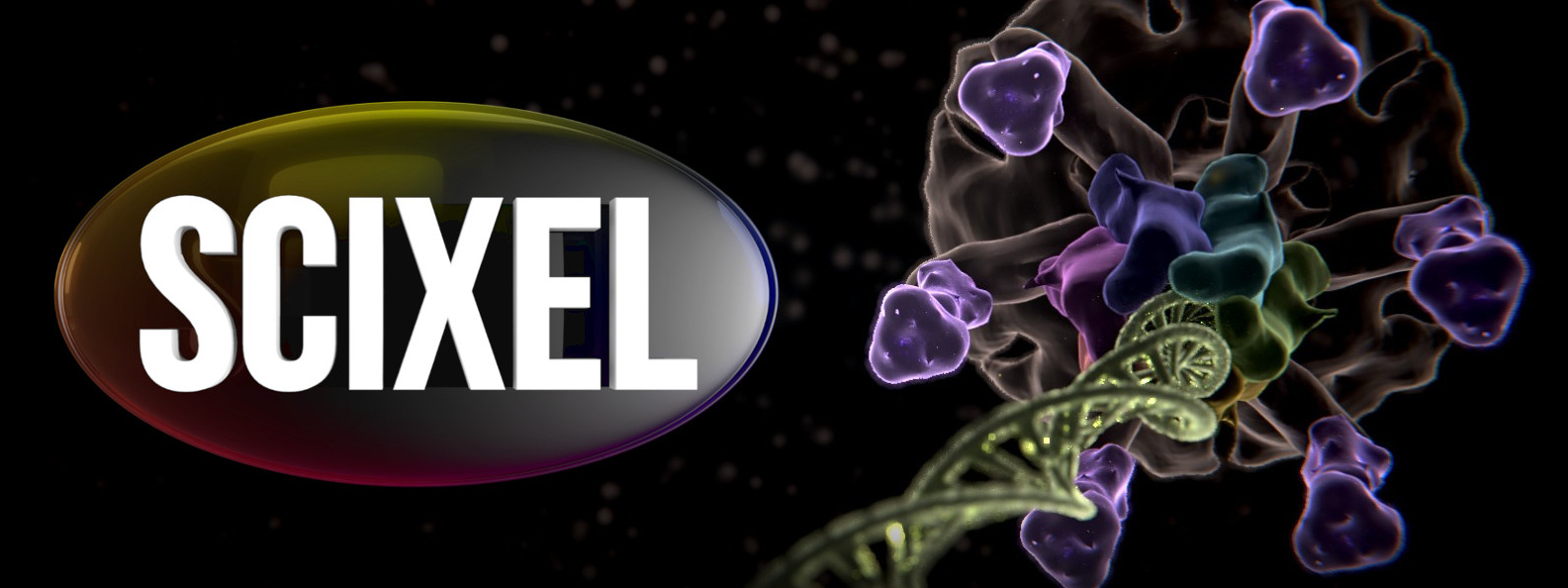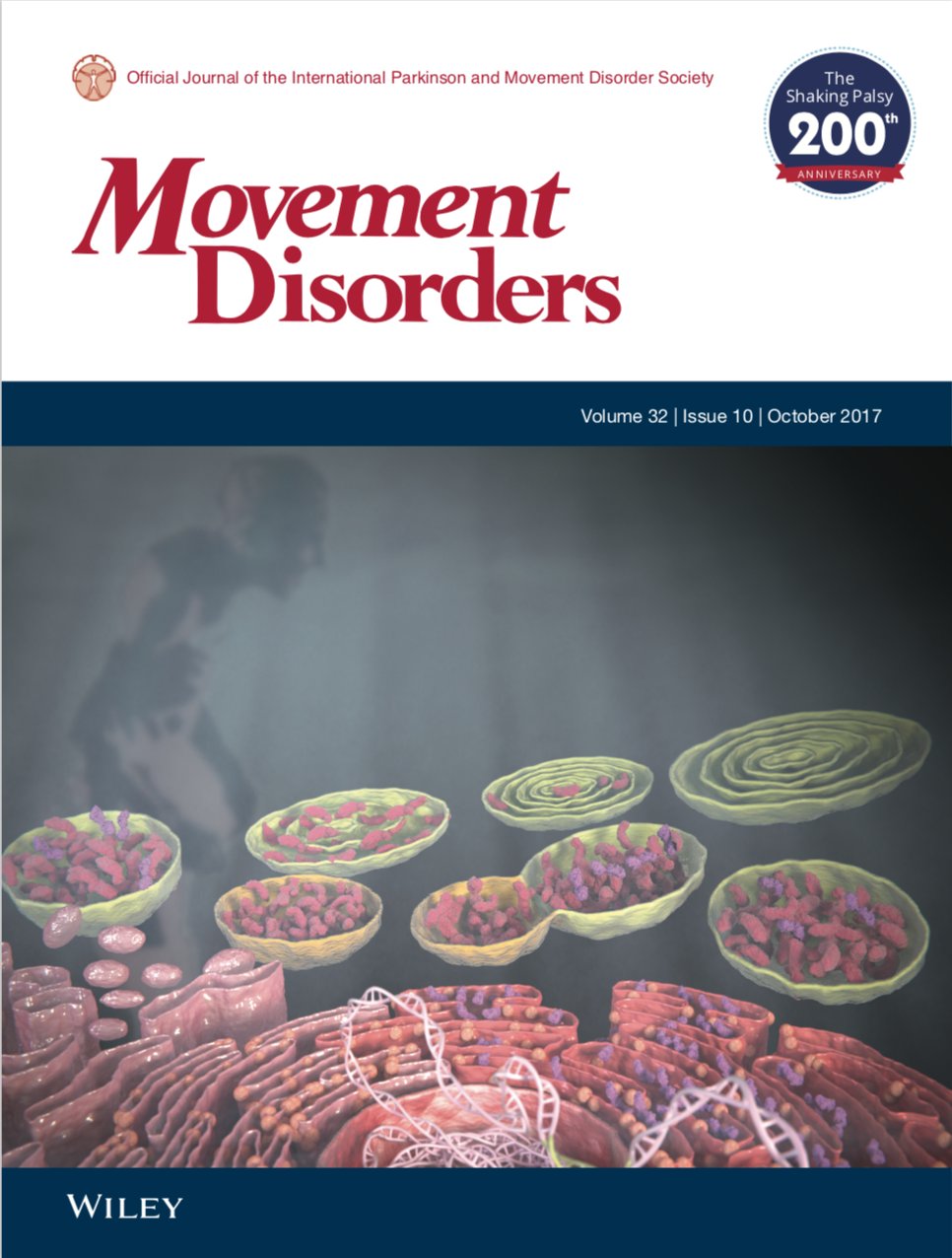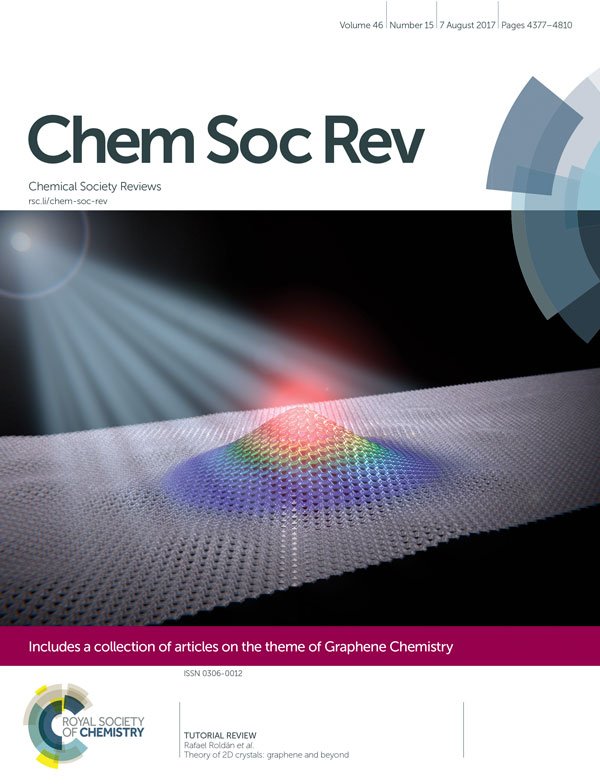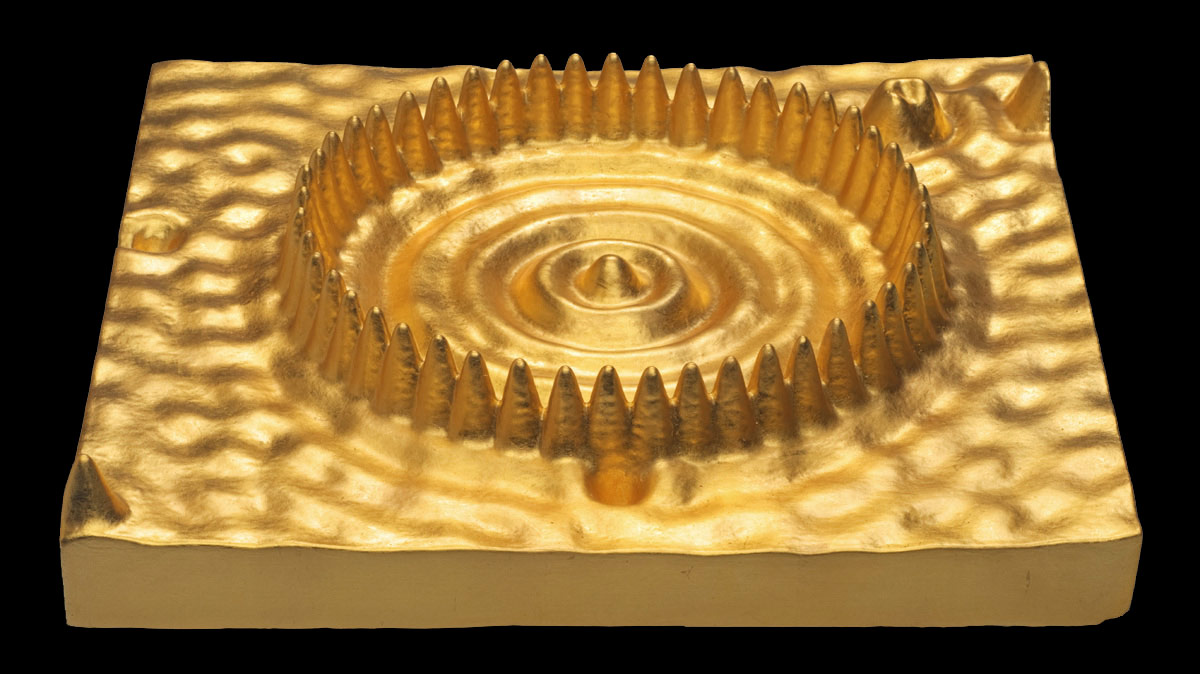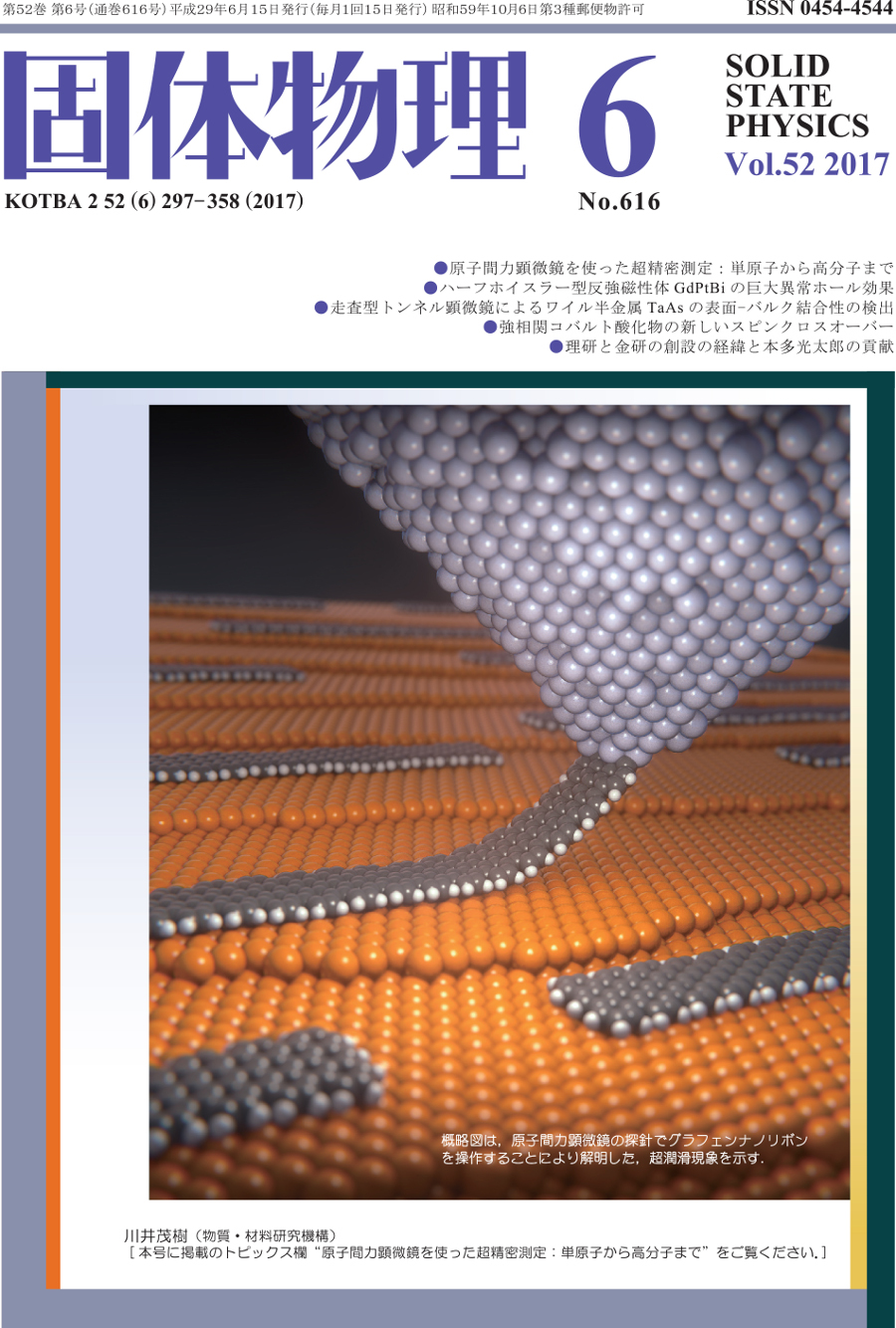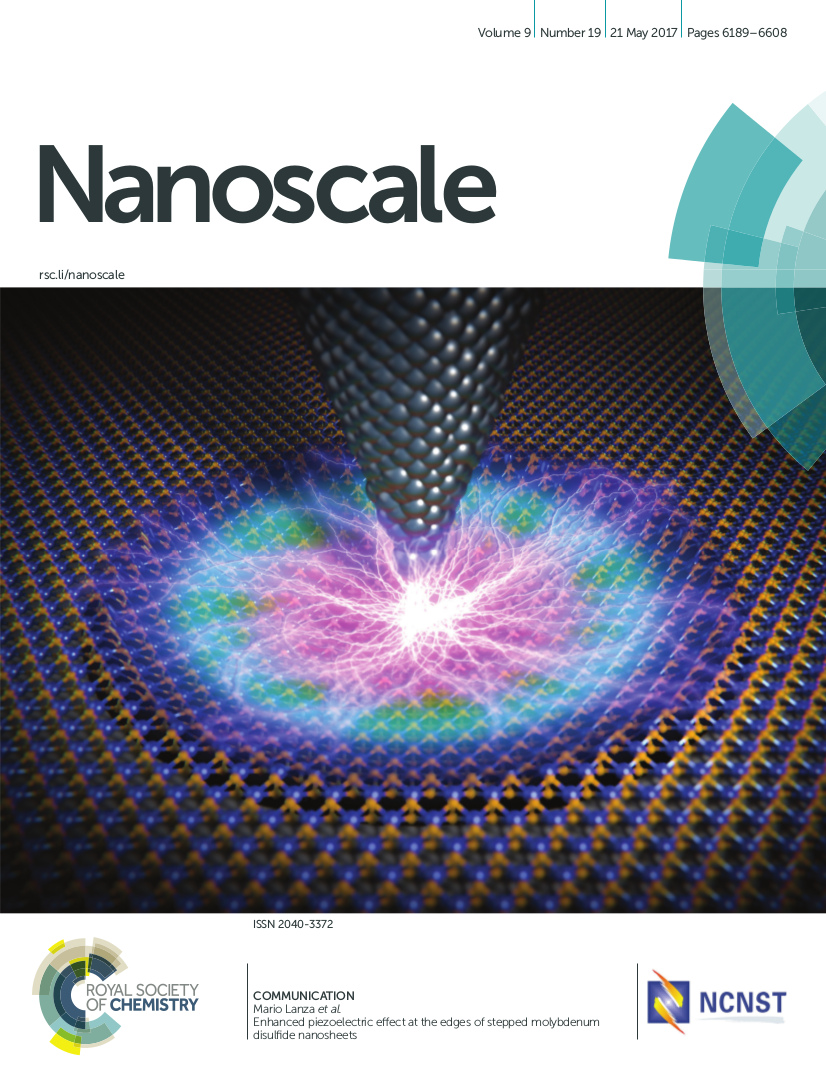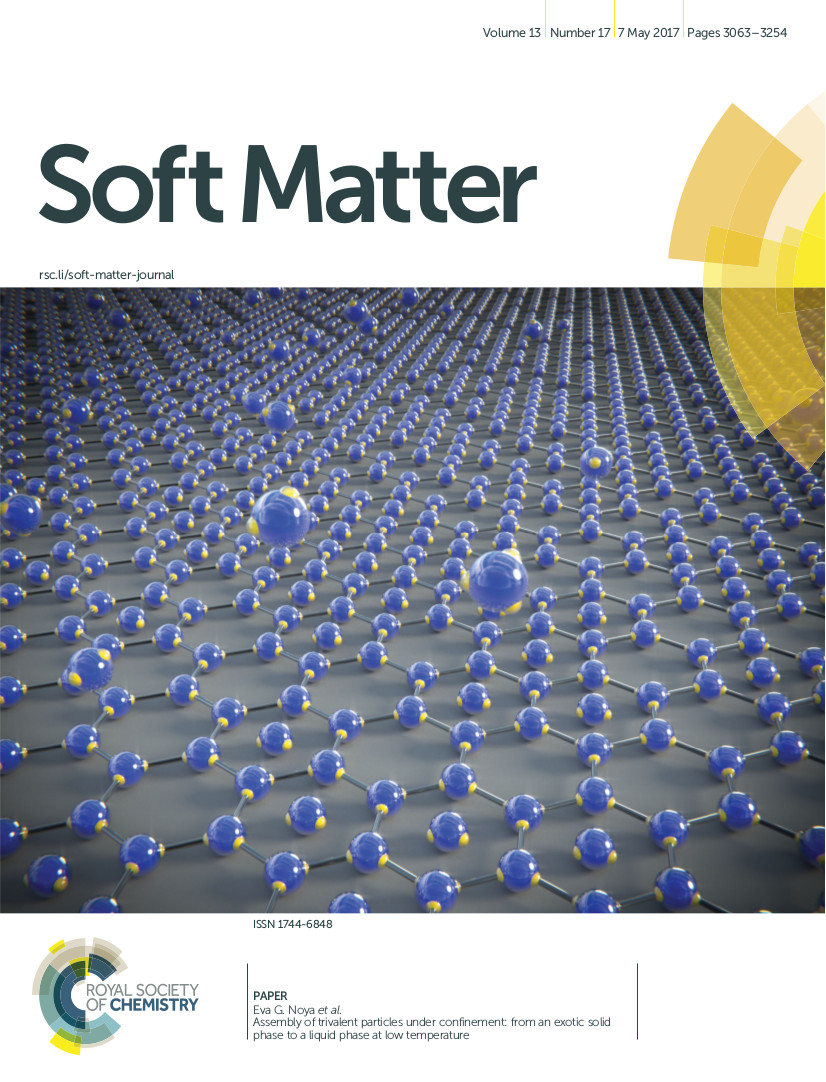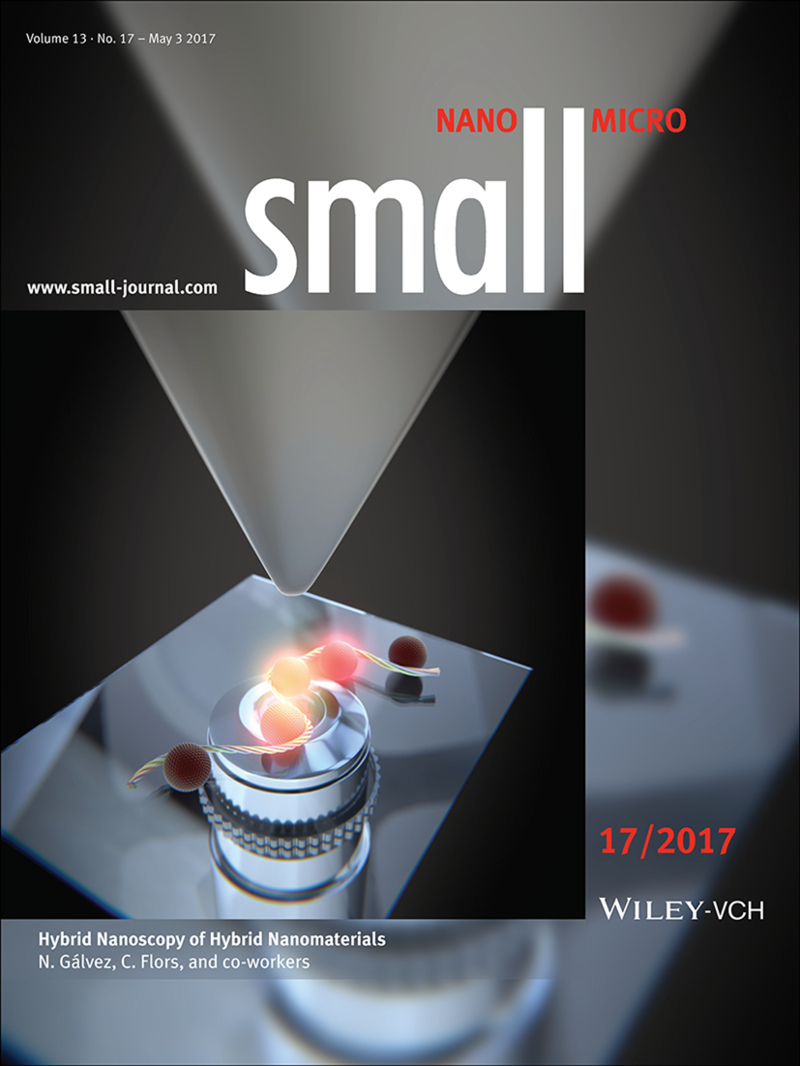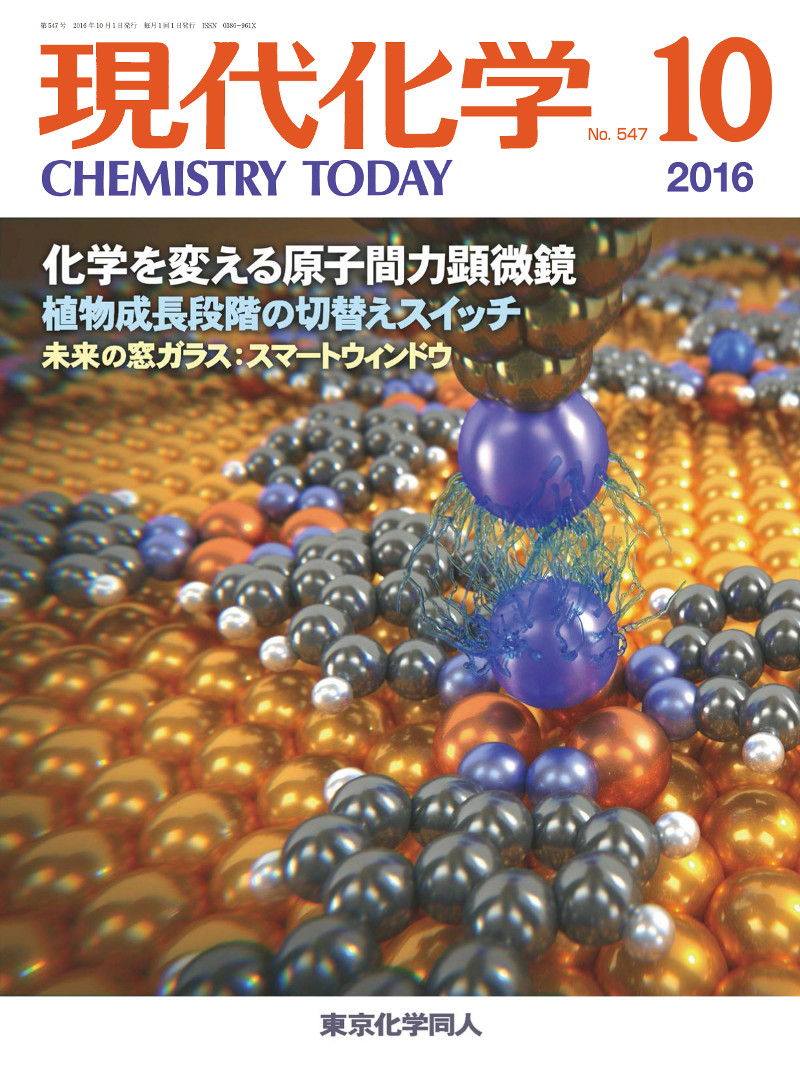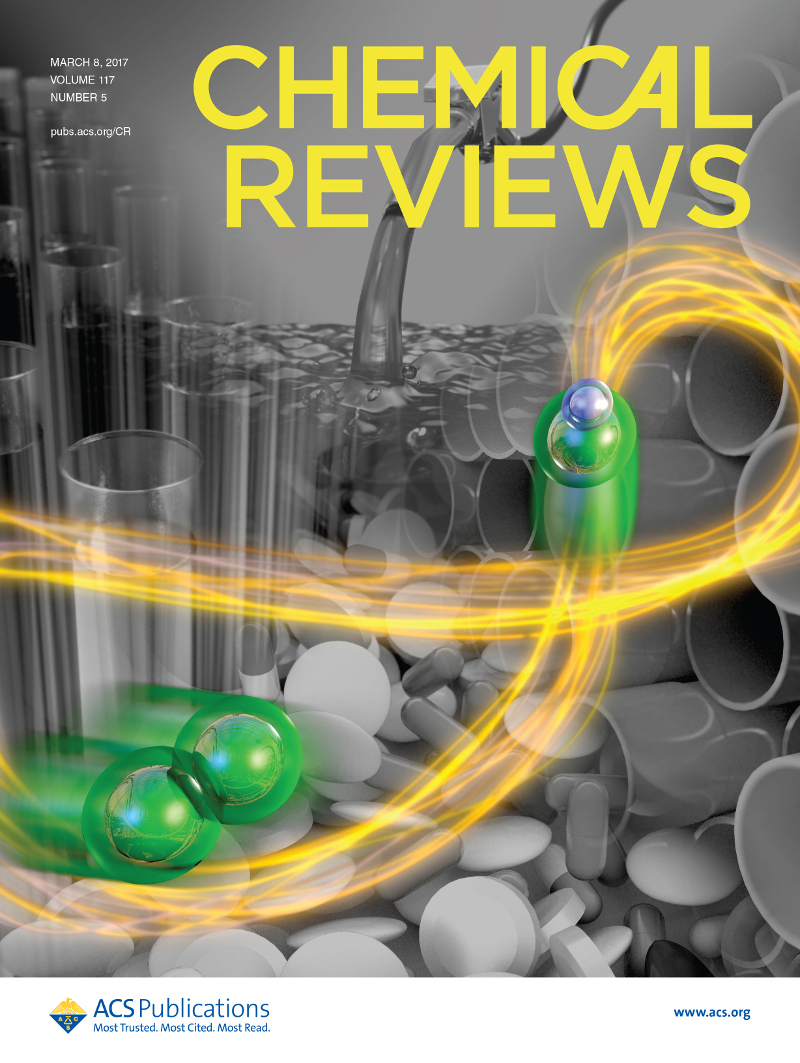It is reassuring to know that there are people working so we don’t have smallpox or polio. At Rosario Moratalla’s lab they are trying to crack Parkinson’s disease. In one of their latter works, directed by Dr. Patricia García-Sanz and Prof. Rosario Moratalla, they explore how certain mutations in the GBA1 gene, increase the risk of developing Parkinson’s disease.

Actually they show a possible connection between the loss of β-glucocerebrosidase-1 function, cholesterol accumulation, and the disruption of cellular homeostasis in GBA1-PD. This work has appeared in the cover of Movement Disorders Journal.
We made this picture showing the effect of the mutation with the close supervision of Dr. Patricia García-Sanz.
